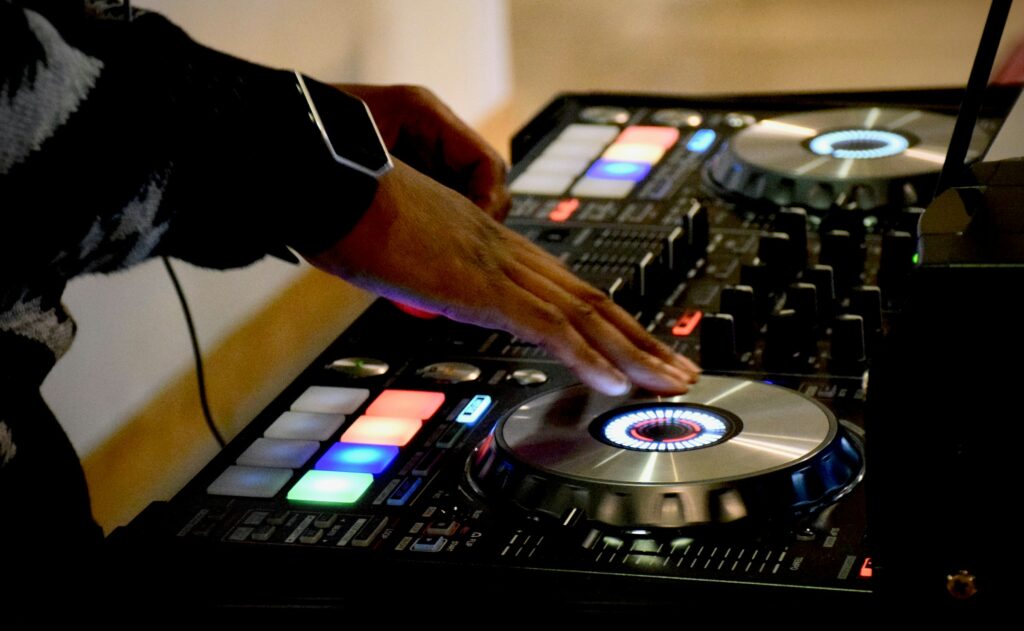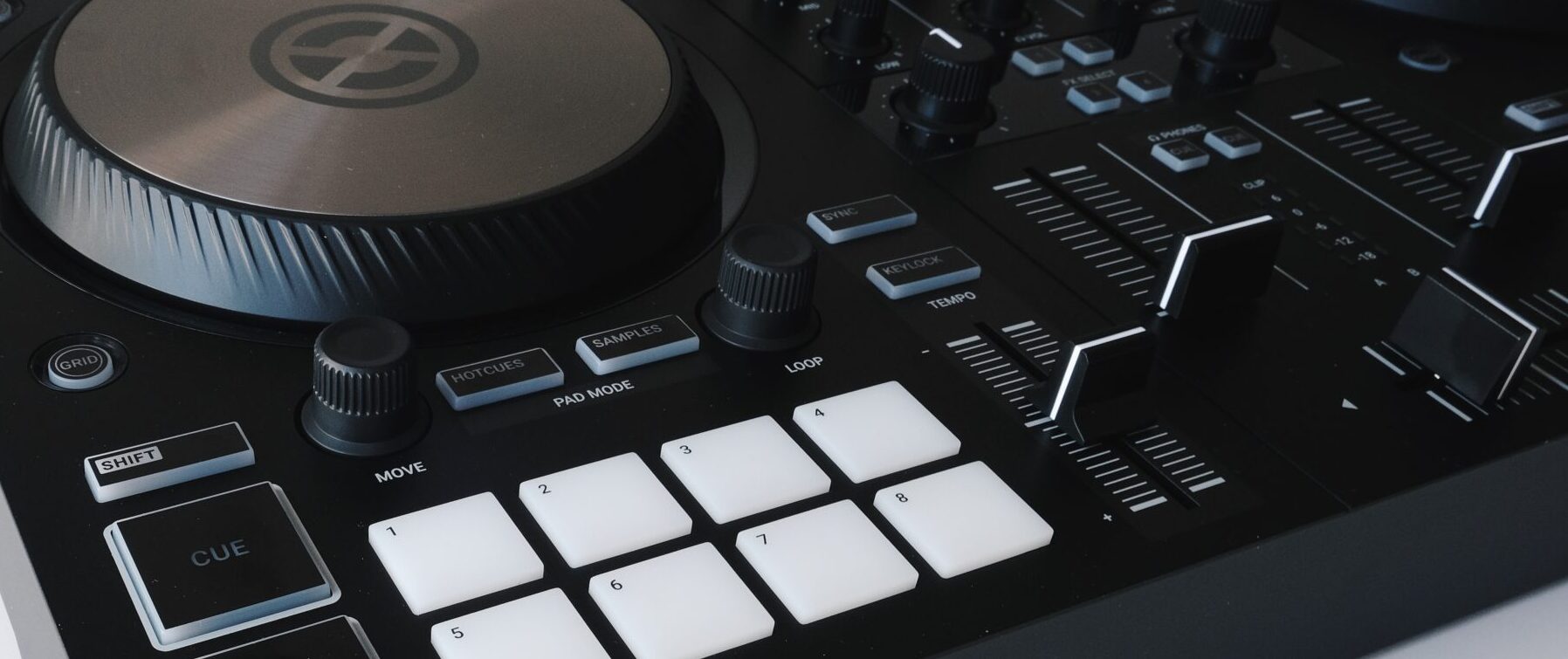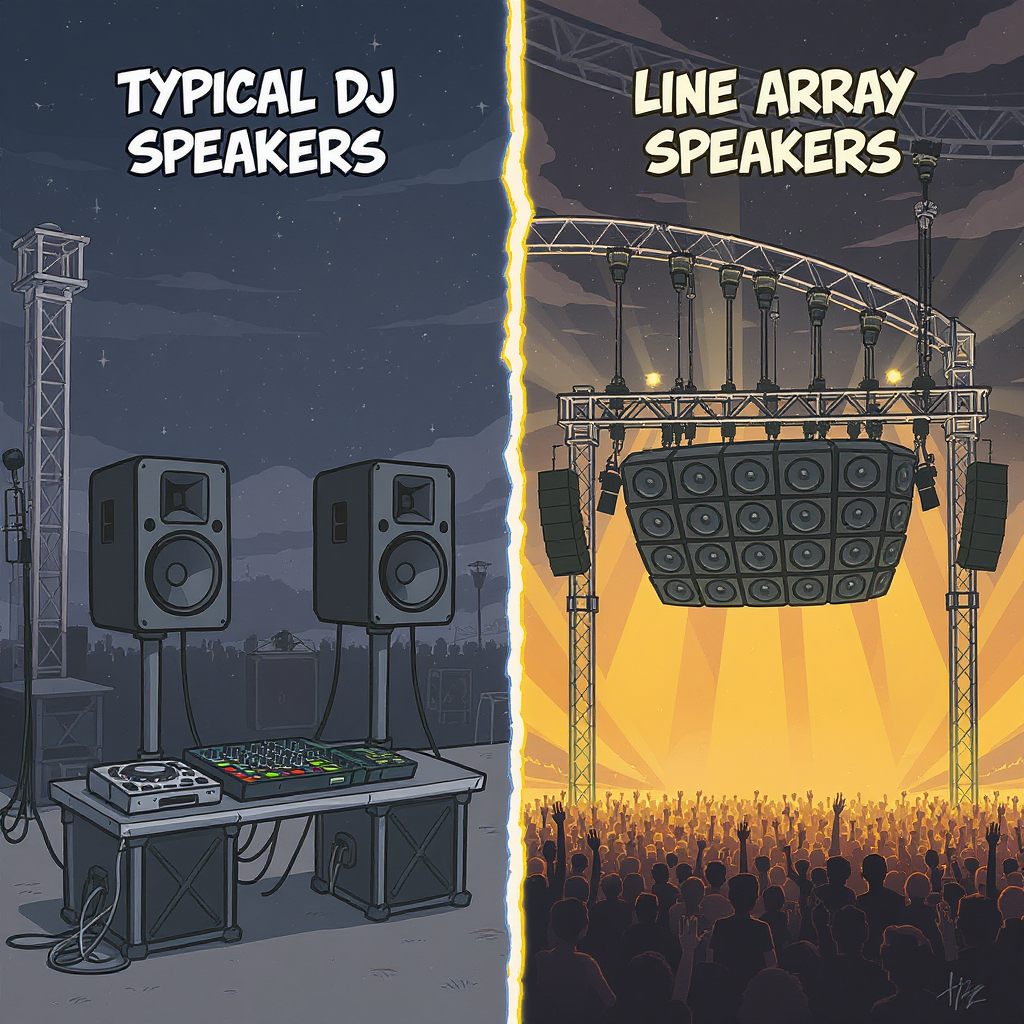As a DJ, one of the most crucial skills to master is the art of mixing songs. Seamless transitions between tracks are the hallmark of a professional performance, keeping the dance floor energized and the audience engaged. In this post, we’ll explore the key techniques and considerations that go into crafting a captivating DJ set. If you are looking for more write ups on DJ topics, make sure to check out the AURA DJ Blog.
Beatmatching and Tempo Matching
At the core of song mixing is the ability to beatmatch and tempo match your tracks. This involves aligning the beats per minute (BPM) of the incoming song with the outgoing one, ensuring a smooth, uninterrupted flow of music. Skilled DJs can achieve this through a combination of manual adjustments and the use of digital tools, such as tempo sliders and sync functions. Within your chosen DJ software, most have the ability to automatically set the beatgrid. The beatgrid is a set of parameters and overlay that helps quantize the song you are currently spinning. If the program you use does not auto beatgrid, use tools like SongBPM to find the BPM of your song and manually set the beatgrid within the settings of your DJ software. You can then adjust the grid to match with the first down beat of the song.

Phrasing and Cue Points
Successful mixing also requires an understanding of musical phrasing and the strategic placement of cue points. First, identify key structural elements within a song, such as the intro, chorus, or breakdown. Then, A DJs can time their transitions to coincide with these natural breaks, creating a seamless listening experience.
Layering and Blending
Advanced mixing techniques involve layering and blending tracks to create unique sonic textures. DJs may bring in elements from one song, such as a vocal hook or a rhythmic pattern. They then weave them into the next track, creating a dynamic and engaging performance.

Audience Engagement
To conclude, the goal of mixing as a DJ is to captivate the audience and keep them dancing. By reading the energy of the crowd and adapting their set accordingly, DJs can create a truly immersive and memorable experience. This may involve carefully selecting the right tracks, building momentum through strategic transitions, and maintaining a consistent, high-energy vibe throughout the performance.
In the ever-evolving world of electronic music, the art of song mixing remains a crucial skill for DJs to master. By honing their techniques and staying attuned to the needs of their audience, DJs can elevate their performances and leave a lasting impression on the dance floor.







